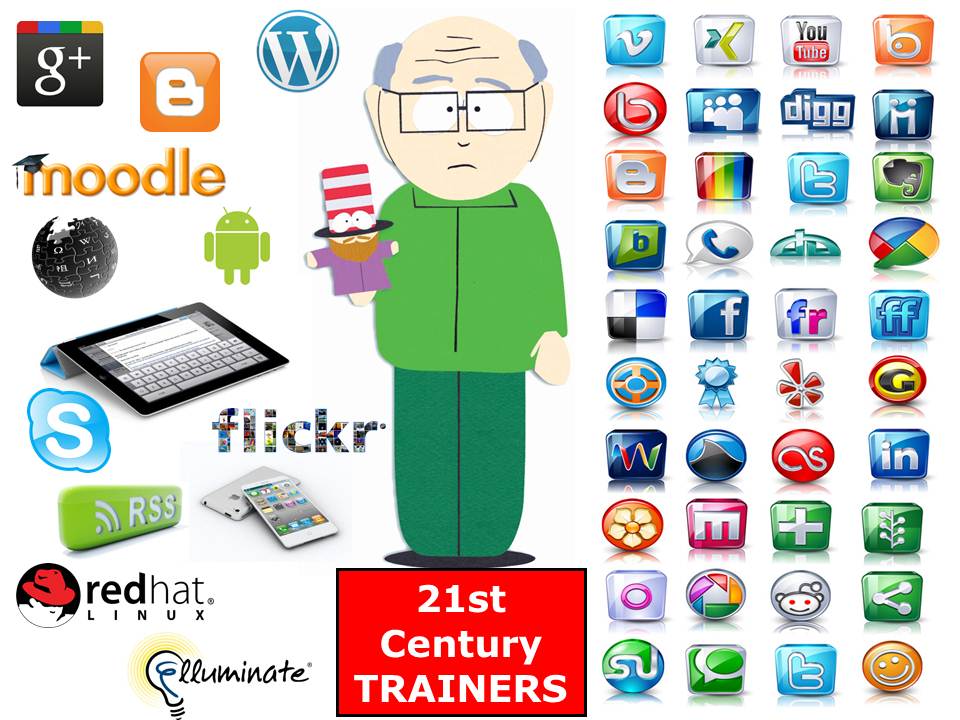It is very hard to make decisions online in asynchronous discussions. In a meeting you propose something and ask around whether everybody agrees and it is done. Or you vote.
 Anyhow a lot of things can still go wrong face-to-face in decision making... I once did a course on it. Online it is even more complicated because you need someone to take the lead online. If you take the lead and do a proposal online, you are not sure when the others will read your proposal and will react to it. Do you want to make a decision democratically with the whole group, it might take ages. If you don't wait ages the danger is that you take a decision to which people don't comply. Hence a few tips for online decision making:
Anyhow a lot of things can still go wrong face-to-face in decision making... I once did a course on it. Online it is even more complicated because you need someone to take the lead online. If you take the lead and do a proposal online, you are not sure when the others will read your proposal and will react to it. Do you want to make a decision democratically with the whole group, it might take ages. If you don't wait ages the danger is that you take a decision to which people don't comply. Hence a few tips for online decision making:
- Propose something and give a clear deadline for input/reactions.You can also make a proposal to the group but make it clear when people need to respond and that the group will move ahead after this date. It is clear that those who do not respond to this call to participate in the decision loose the opportunity to participate.
- Use an online poll to collect opinions of the whole group. If you use a tool like opinionpower or polldaddy you can quickly make an online poll. If you limit your poll to one simple question, people can react really fast. Again, don't forget to provide a deadline. If you use a poll you know much better what the various opinion in the group are.
- Organise a synchronous call or chat. It is much easier to use a synchronous moment (when everybody is online at the same time) to make a group decision. Hence you might organise a synchronous moment. The disadvantage of this is that you have to find a date, which is a decision in itself :). But you may use a tool like meetingwizard for this. During the call or chat you can discuss the decision in-depth.
- Ideedropper - This is a new tool that works as an online suggestion box within an organization or project. Participants can over time add innovative ideas online. After a certain time, a decision may be taken where the decision line is also visible.
- Weighteddecision - via the matrix you can make a ranking of all options and selection criteria.
- Synthetron - allows you to prepare complex policy making decisions with larger group of stakeholders.
- Liquidfeedback - for online referendum.
- Powernoodle - is free for small groups. You can ask questions and invite people to provide input. You can start multiple sessions. At one point you can close the question.
- Uservoice - helps to gather feedback from customers (especially suitable for large numbers of customers). 1 forum is free.


